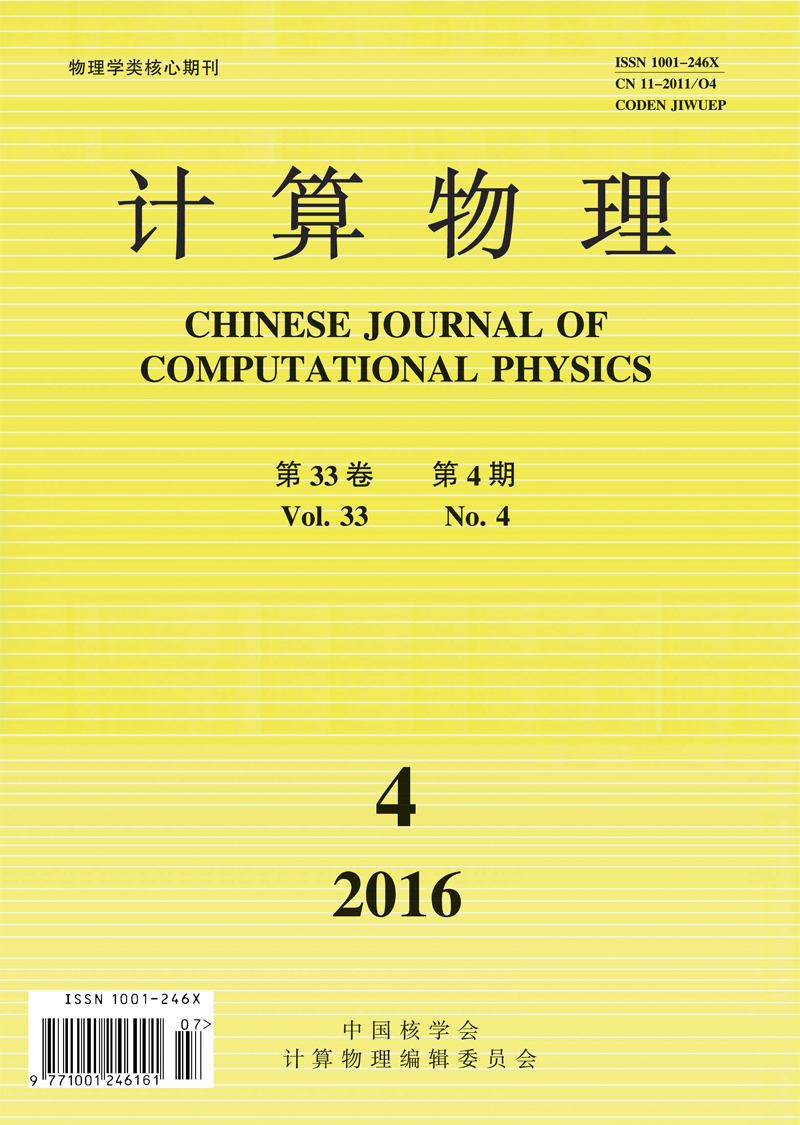|
|
A Study on Stability of Alloyed Cementite
WANG Hongjun, LIU Hongyu, LU Jianduo, LIN Chong, XU Hongbing
2016, 33(4):
467-476.
With empirical electronic theory of solids and molecules (EET), actual model for unit cell of cementite was built. A statistical method was applied to compute valence electron structure (VES) of cementite of θ-Fe3C with specified number of Fe atoms substituted by alloyed atom of M(Cr, V, W, Mo, Mn). By definition stability factor, stability of alloyed cementite with different type, number and site of Fe atoms substituted were calculated and analysized. It shows that density of lattice electron, symmetry of bonds and bond energy have great influence on stability of alloyed cementite. It is more stable as M substitutes for Fe2 than Fe1. Alloyed cementite is the most stable as Cr, Mo, W and V substitutes for 2 atoms of Fe2 at sites of No.2 and 3 or No.6 and 7. Stability of alloyed cementite decreases in order of W, Cr, V, Mo and Mn.
|
